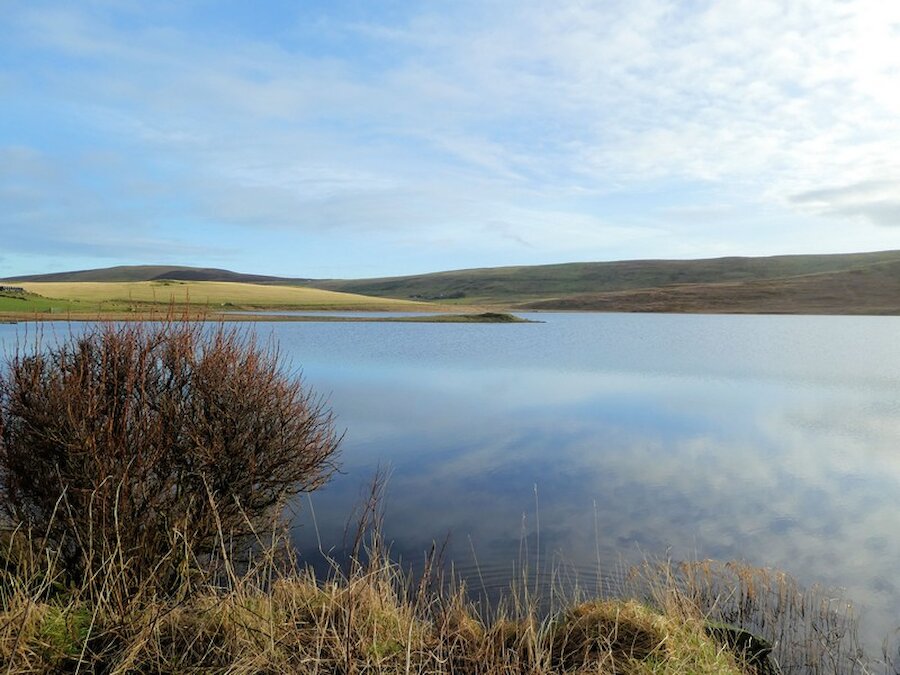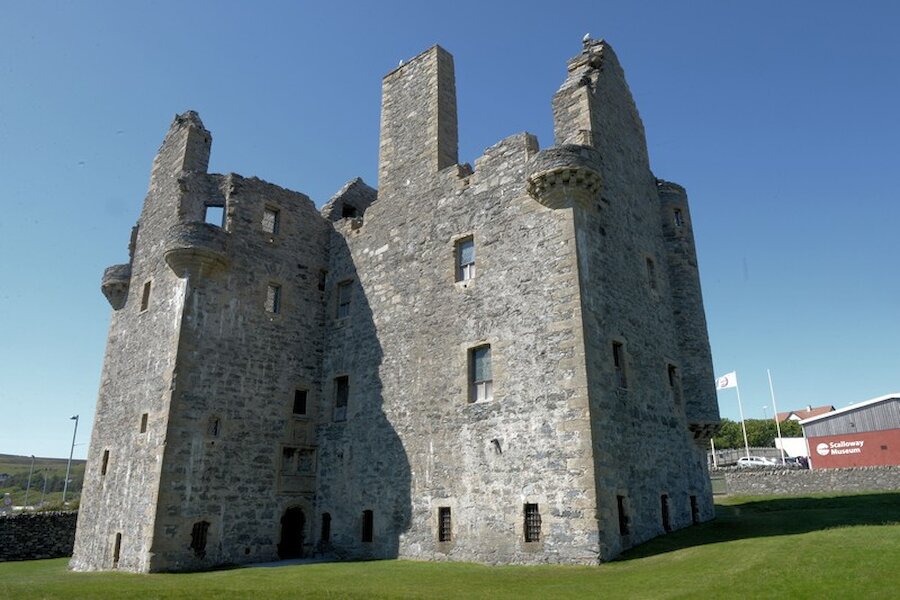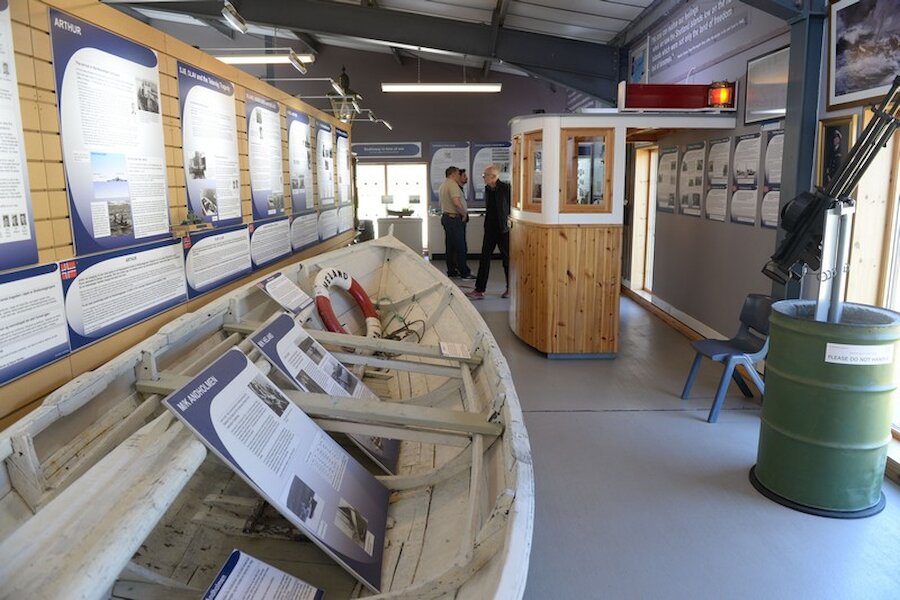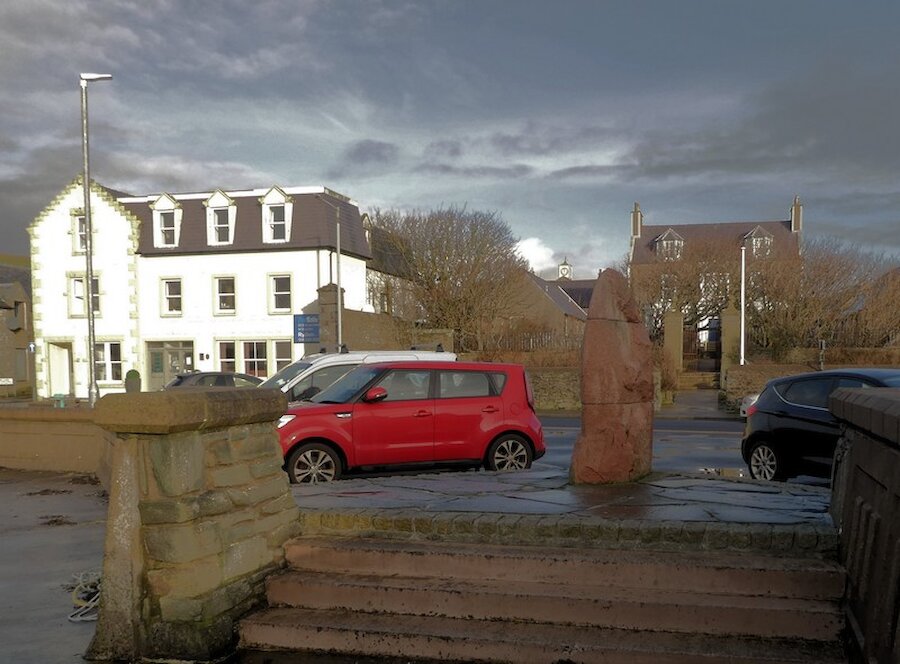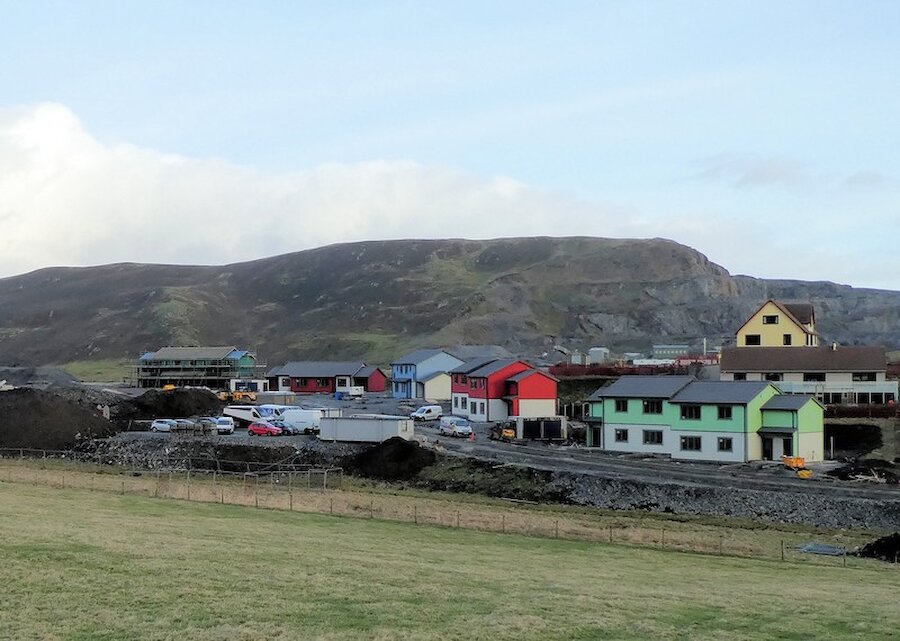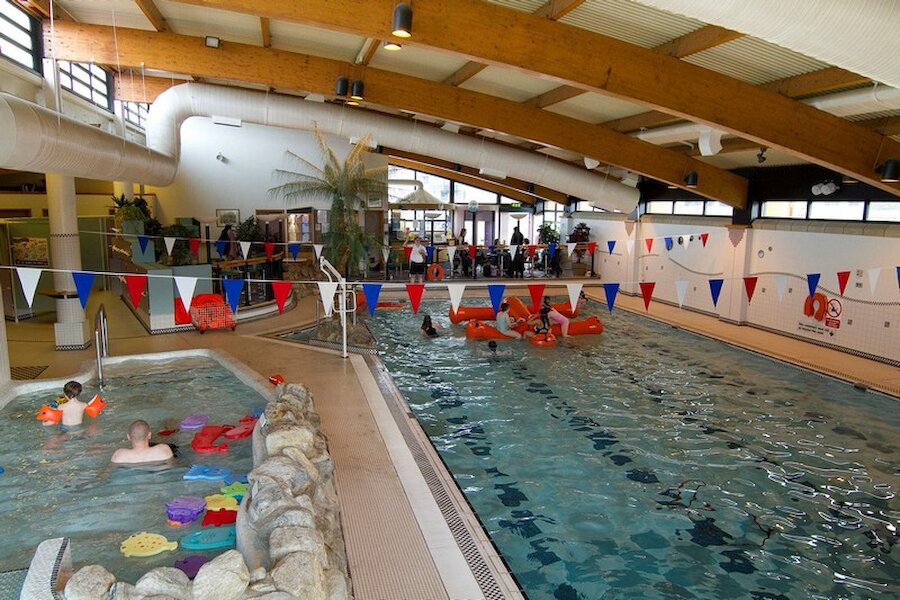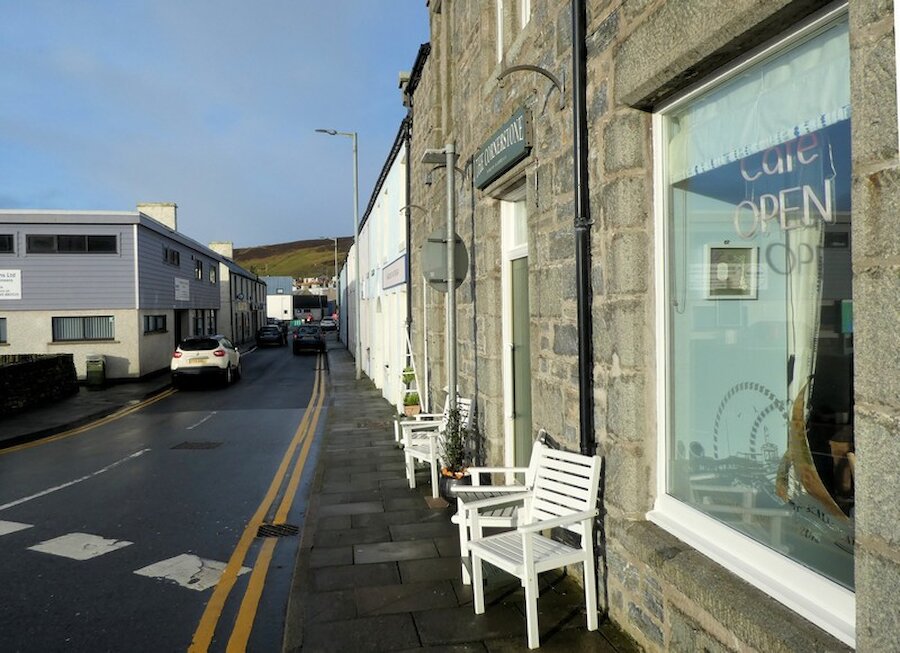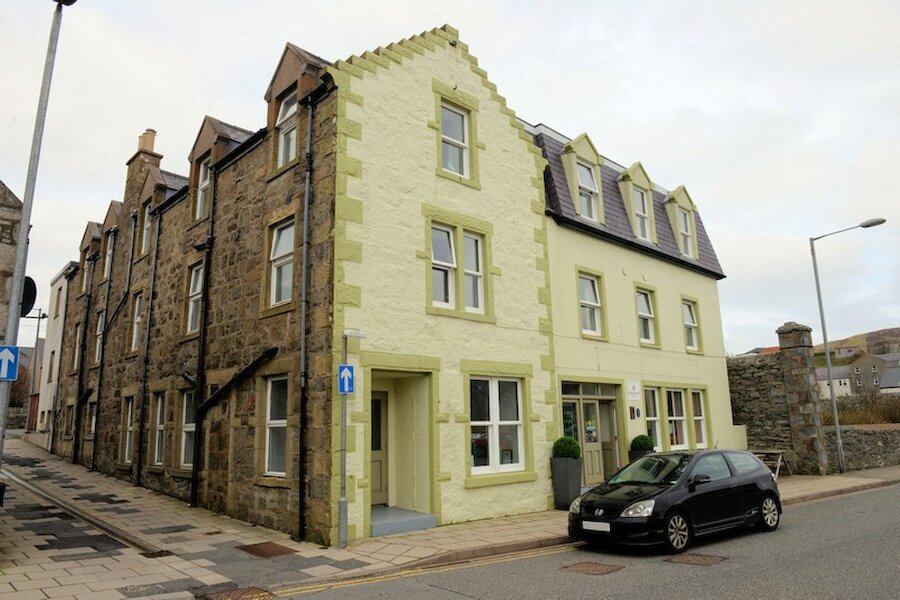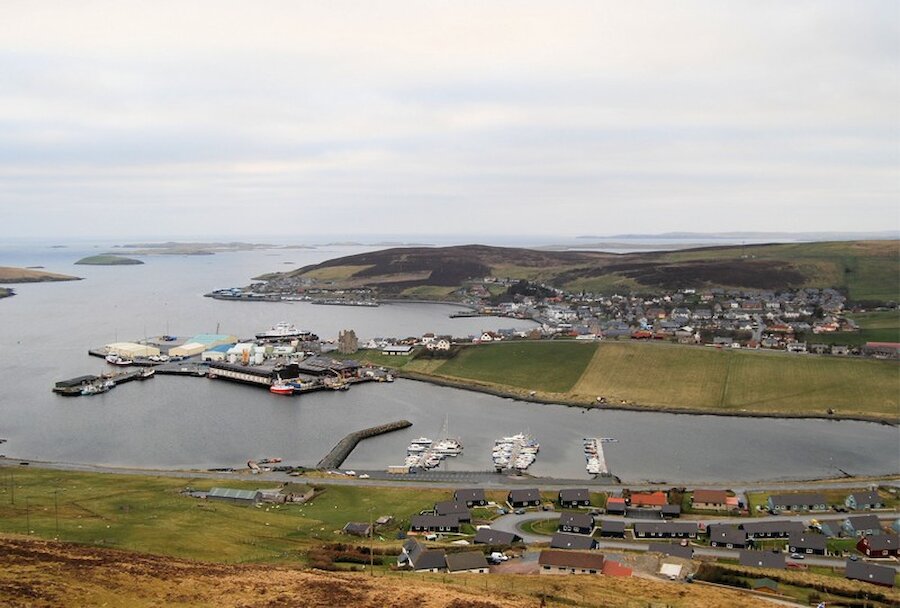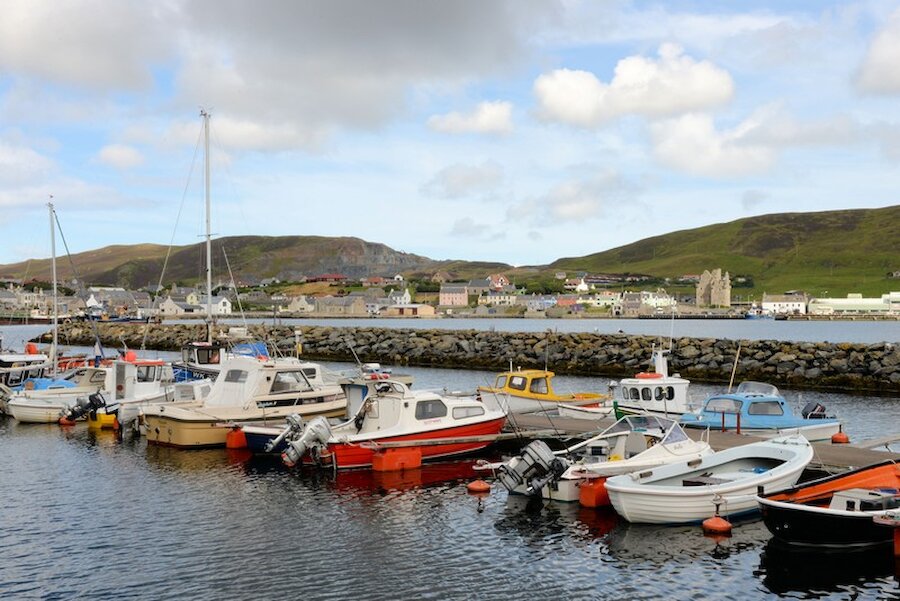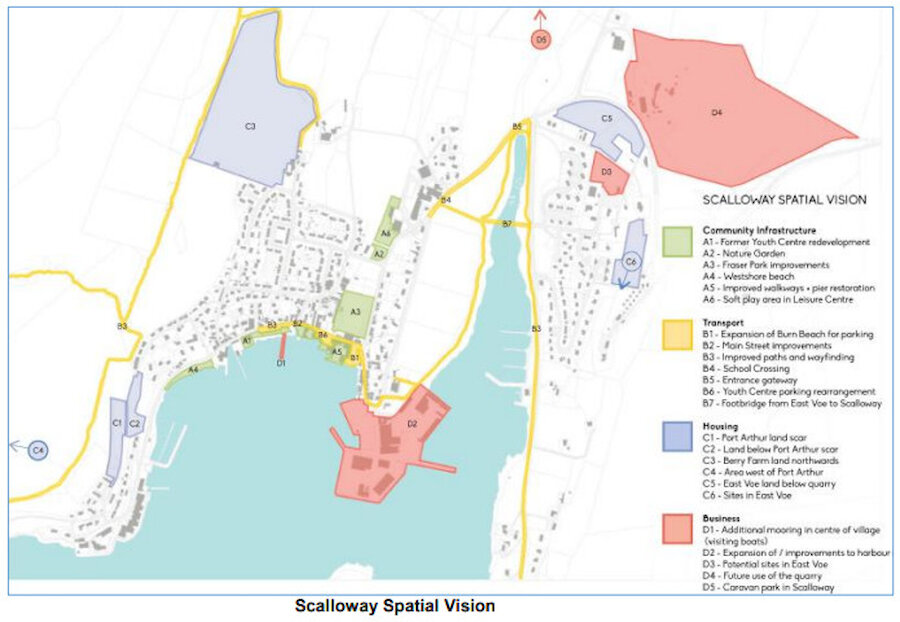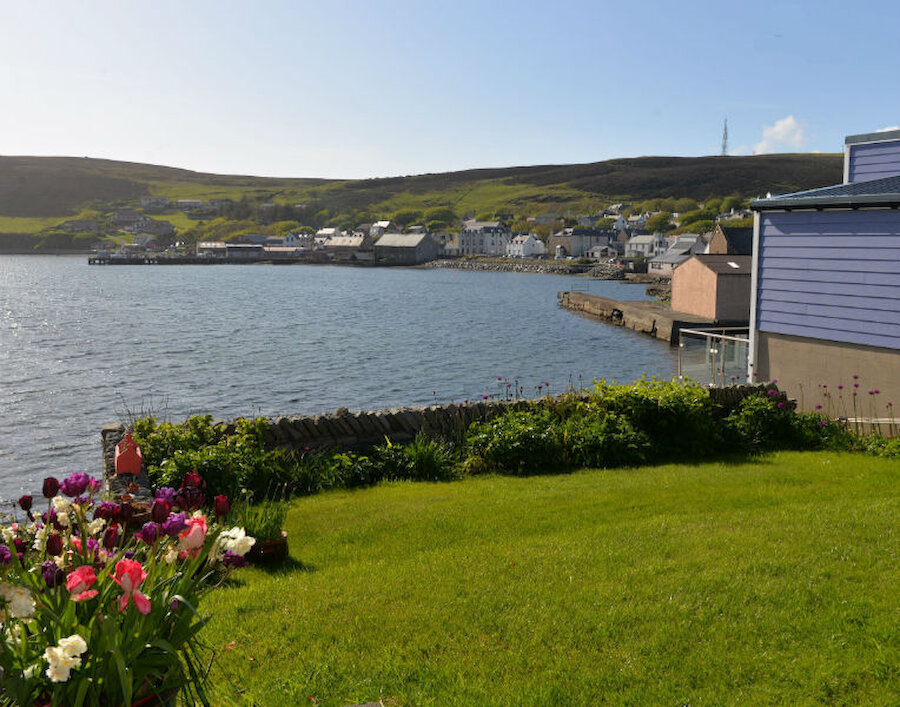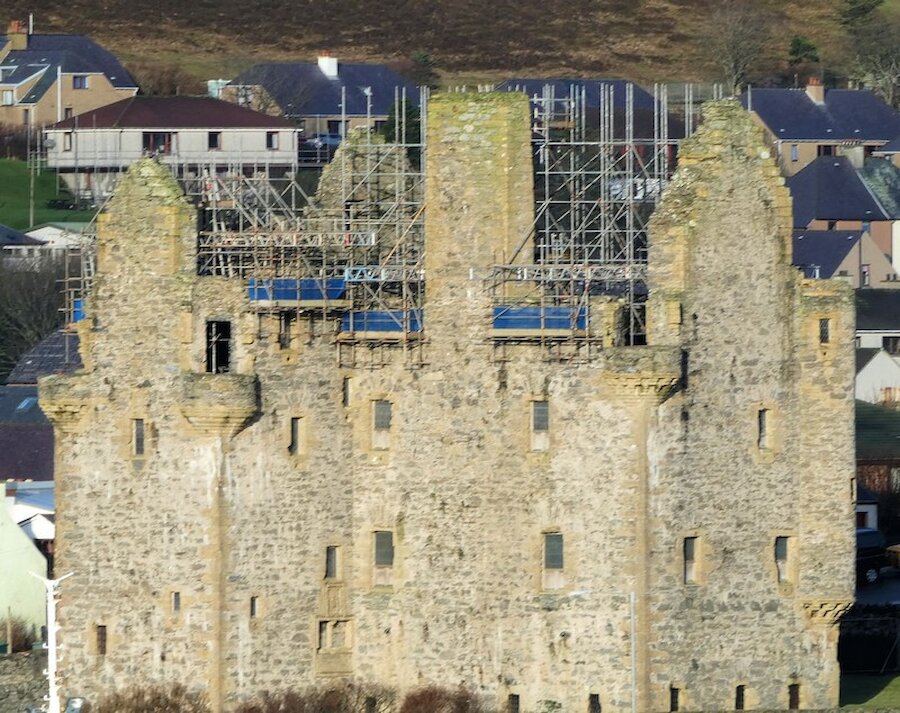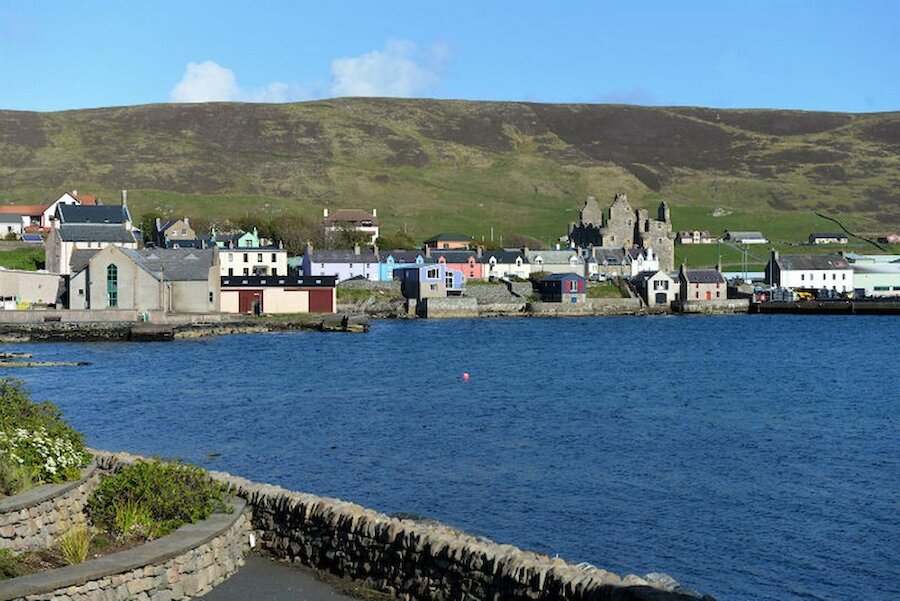The confidence we see in Scalloway today is built in part on the history of what was once Shetland’s capital. The past is very much part of its future.
Norse settlers named Scalloway Skálavágr, which is usually translated as ‘bay with the large house(s)’, possibly because the remains of an impressive house – or rather, an Iron Age broch – may still have dominated the area. Set on rising ground to the north of the present village, excavations there in 1989-90 revealed the foundations of a tower some 20m in diameter.
Those excavations also revealed occupation of the area during the Bronze Age, so people have lived hereabouts from a very early stage in the human settlement of Shetland. Recent excavations have revealed further structures, but more investigation is needed to determine their extent and nature.

